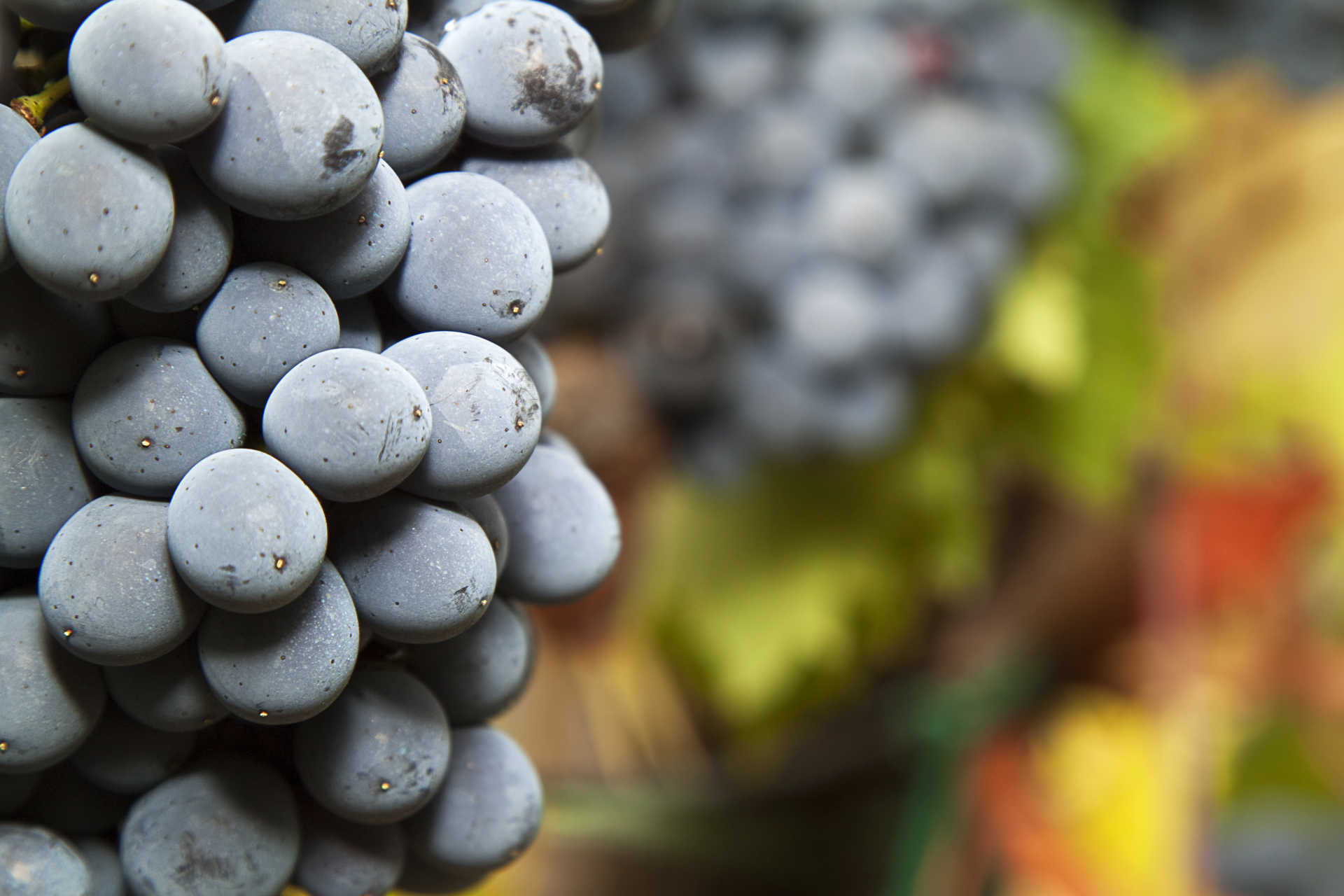Castello della Paneretta Chianti Classico Riserva 2018
-
James
Suckling -
Robert
Parker



Product Details
Your Rating
Somm Note
Winemaker Notes
Blend: 90% Sangiovese, 10% Canaiolo
Professional Ratings
-
James Suckling
Cranberries, dried cherries, mushrooms, dried herbs, flowers and charred bark on the nose. Medium-bodied with tight tannins and a savory, firm palate. Dried-spice character at the end. A little tight. Try after 2023.
-
Robert Parker's Wine Advocate
I love the classic design of this wine label. The 2018 Chianti Classico Riserva (a blend of 90% Sangiovese and 10% Canaiolo) has some of that tarry earth or asphalt that we saw in the other releases from this estate. In this case, however, they are better balanced against dark fruit, black olive and grilled herb. This 23,300-bottle production represents a selection of fruit from across a five-hectare parcel.
Other Vintages
2019-
Jeb
Dunnuck
- Decanter
-
James
Suckling
-
James
Suckling
-
Robert
Parker
-
Wine
Spectator





Castello della Paneretta is situated in the Chianti Classico area on the western slopes of the dominating hills of Elsa valley, looking towards San Gimignano. With its 309 hectares (majority wood) Paneretta is one of the biggest farms of the area.
The first owners of the castle was the Vettori family. The last heir, Maddalena, and her husband, Ludovico Capponi, restored the castle completely and commissioned Bernardino Poccetti to fresco the loggia. In this era Paneretta became a place of passing by for painters and poets.
Cassandra Capponi and husband, Marchese Carlo Riccardi Strozzi, remained owners of the castle until 1984, when the Albisetti family took over.
The only grape varieties planted and used are Sangiovese and Canaiolo Nero, the result of internal selections started many generations ago. The real strength of this company is the very old vineyards with medium to high density which survived the terrible years of restructuring. Therefore all the genetic material in the winery is strictly from clones which completely reflect the soil.

Among Italy's elite red grape varieties, Sangiovese has the perfect intersection of bright red fruit and savory earthiness and is responsible for the best red wines of Tuscany. While it is best known as the chief component of Chianti, it is also the main grape in Vino Nobile di Montepulciano and reaches the height of its power and intensity in the complex, long-lived Brunello di Montalcino. Somm Secret—Sangiovese doubles under the alias, Nielluccio, on the French island of Corsica where it produces distinctly floral and refreshing reds and rosés.

One of the first wine regions anywhere to be officially recognized and delimited, Chianti Classico is today what was originally defined simply as Chianti. Already identified by the early 18th century as a superior zone, the official name of Chianti was proclaimed upon the area surrounding the townships of Castellina, Radda and Gaiole, just north of Siena, by Cosimo III, Grand Duke of Tuscany in an official decree in 1716.
However, by the 1930s the Italian government had appended this historic zone with additonal land in order to capitalize on the Chianti name. It wasn’t until 1996 that Chianti Classico became autonomous once again when the government granted a separate DOCG (Denominazione di Origine Controllata e Garantita) to its borders. Ever since, Chianti Classico considers itself no longer a subzone of Chianti.
Many Classicos are today made of 100% Sangiovese but can include up to 20% of other approved varieties grown within the Classico borders. The best Classicos will have a bright acidity, supple tannins and be full-bodied with plenty of ripe fruit (plums, black cherry, blackberry). Also common among the best Classicos are expressive notes of cedar, dried herbs, fennel, balsamic or tobacco.
